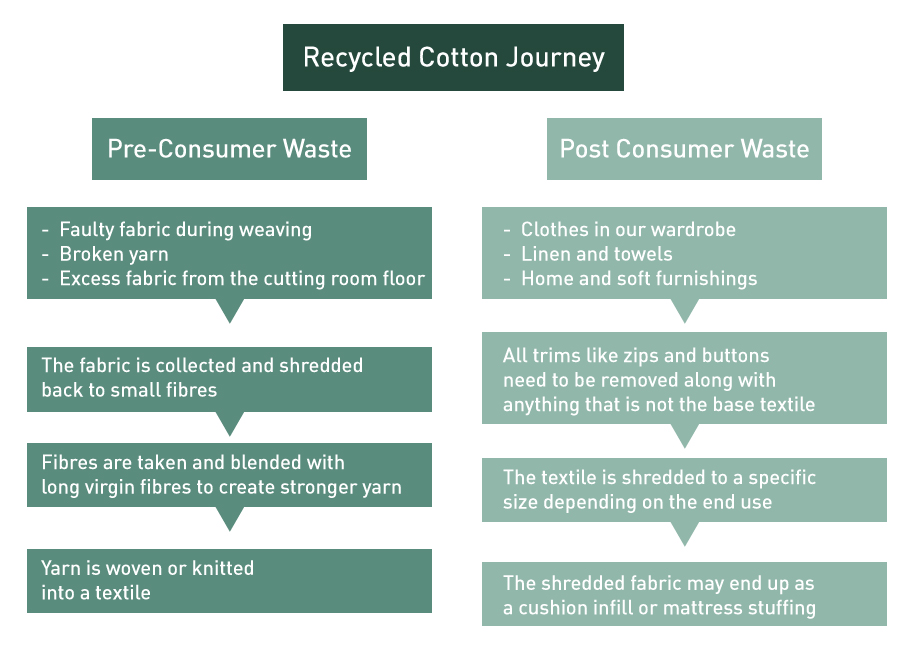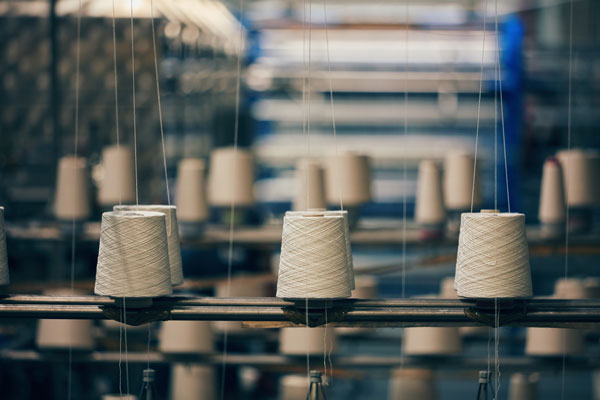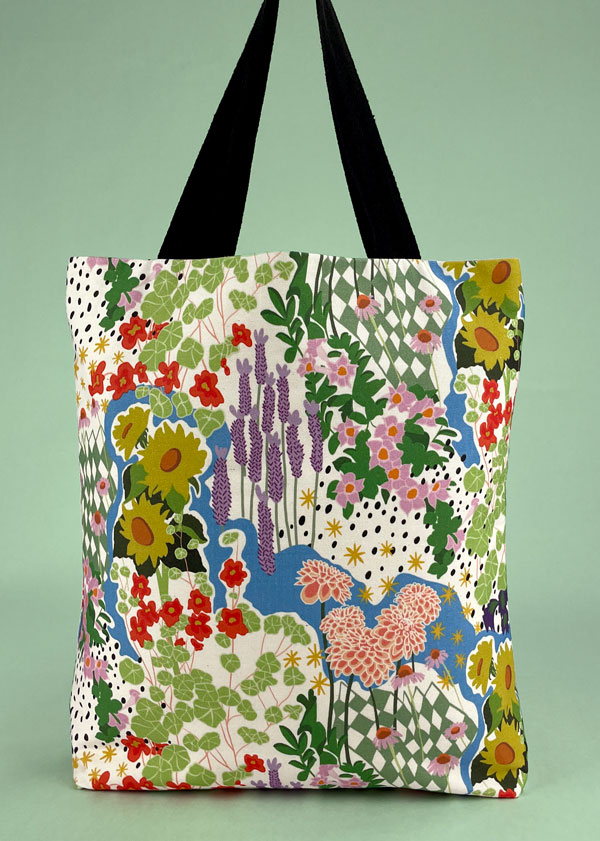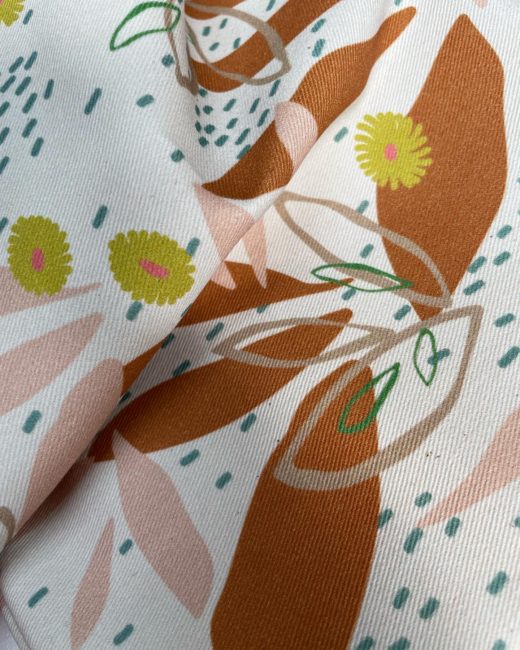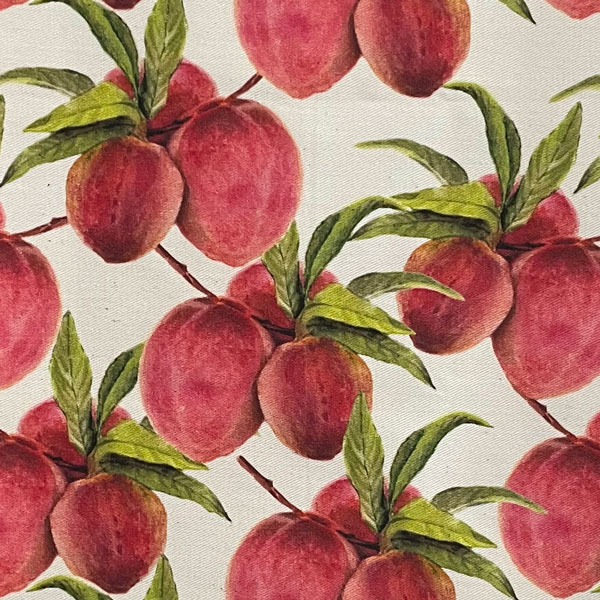Globally the development of fibres and yarns is a very exciting world to discover. New technology and innovation in response to the environmental and ethical concerns of the textile and fashion industry is shaping new ways of working.
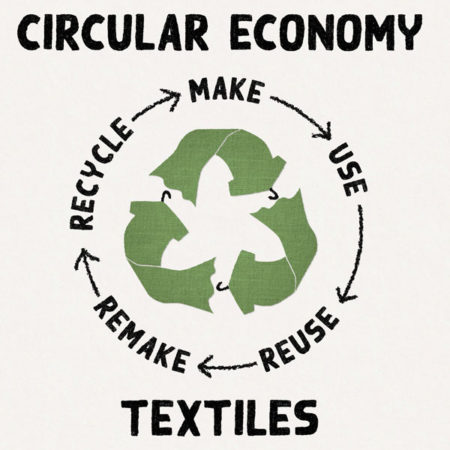
Take 5 minutes and learn about recycled cotton
A sustainable thought process is at the forefront on driving business decisions in the textile industry. Textile manufacturers are in a position to implement environmental impact minimisation that consumers so desperately want.
We see organic yarns in fibre growth, recycled polyester yarns in repurposing plastics and we are now seeing more wide spread applications of recycled cotton.
Cotton recycling comes in the form of pre-consumer waste, such as the fabric that ends up on the cutting room floor and faulty fabric and yarns during manufacturing. Most of the recycled cotton yarn available today is from pre-consumer waste. It has been collected and shredded back to a fibre state. This puts a significant amount of strain onto a fibre and as such a fully recycled cotton is not suitable in fashion garments, as strength and durability are key features we require. The recycled fibres are blended with virgin fibres to create the yarn and meet the tactile strength
Post consumer cotton comes from garments and home interior fabrics. Post consumer waste often comes with trims and components that can make recycling harder. Recycled fibres of lower quality and post consumer fibres can find a new home in mattress stuffing, insulations and industrial textile applications for construction.
We are excited to have Eco Drill as part of our fabric range which features both recycled and organic cotton fibres.
Characteristics of our Eco Drill are a natural base tone, yarn speckling from the recycled cotton, you can get a bit of yarn variation, due to the blend. These are things to be aware of when designing for recycled cottons that they will not always reproduce like a newly manufactured fabric. What does this mean for designers? Working to fabric strength is the best way to maximise a print outcome. If you know a fabric will have texture in it and imperfections, include texture in your design or work with lines and lots of colours. Avoid large areas of solid dark colour and embrace the base colour of the textile.
